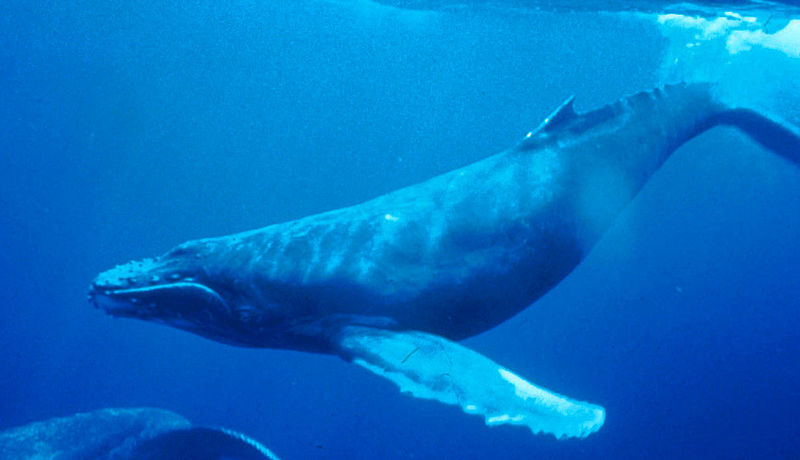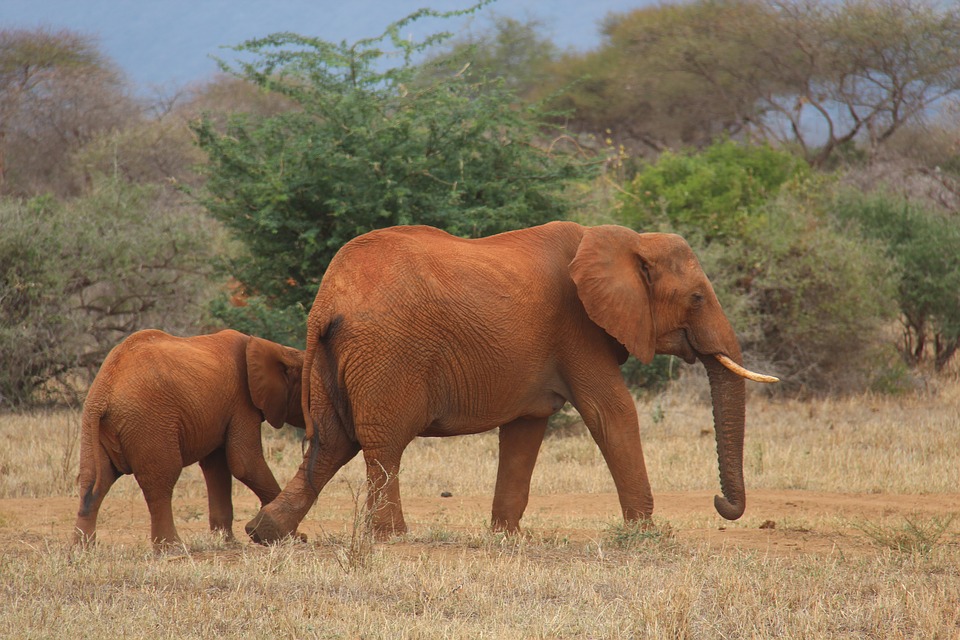In What Way Does Living On Land Present A Challenge To Terrestrial Animals
Main Divergence – Aquatic vs Terrestrial Animals
Aquatic and terrestrial are 2 classifications of animals based on the type of ecosystem they are plant in. Aquatic animals are mainly found in aquatic ecosystems such as ponds, lakes, streams, rivers, and wetlands. Terrestrial animals are mainly found in terrestrial ecosystems such as forests, taiga, tundra, and deserts. Aquatic and terrestrial animals mainly differ past their mode of life. The primary deviation between aquatic and terrestrial animals is that aquatic animals respire by lungs and they have a soft, slippery pare whereas terrestrial animals respire by gills and they have a leathery hard or spiny pare.
Key Areas Covered
1. What are Aquatic Animals
– Definition, Habitat, Adaptations, Features
2. What are Terrestrial Animals
– Definition, Habitat, Adaptations, Features
iii. What are the Similarities Betwixt Aquatic and Terrestrial Animals
– Outline of Common Features
4. What is the Difference Betwixt Aquatic and Terrestrial Animals
– Comparison of Common Features
Key Terms: Aquatic Animals, Fresh Water Habitats, Gills, Habitat, Legs, Lungs, Marine Water Habitats, Skin, Terrestrial Animals, Trachea
What are Aquatic Animals
An aquatic animal is an animal living in water throughout its lifetime. Aquatic animals can be either vertebrates or invertebrates. Aquatic animals breathe through either their peel or specialized organs called gills, which absorb oxygen from the water. Aquatic animals similar fish comprise modified limbs for the locomotion in water. Aquatic animals can be found in both marine and fresh water habitats. They have several adaptations such equally streamline bodies, fins, webbed anxiety, and air bladder.

Figure 1: Sea Whale is an aquatic animal.
Examples of aquatic invertebrates are hydra, sea anemones, jellyfish, and crustaceans. Examples of the aquatic vertebrates are fish, marine mammals like seals, whales. Some are semi-aquatic marine animals; for example, sea lions live in the country but they are completely adapted to alive in water. The amphibians have an aquatic larval stage and the developed brute lives in terrestrial environments.
What are Terrestrial Animals
Animals that live in the state-based habitats are referred to as terrestrial animals. Terrestrial animals can as well exist vertebrates and invertebrates. Terrestrial vertebrates include mammals, reptiles, and birds. The terrestrial invertebrates are insects, annelids, arthropods, and gastropods. Terrestrial vertebrates respire through lungs. Oxygen is diffused into the blood through a wet respiratory membrane. In dissimilarity, terrestrial invertebrates comprise trachea, which carries air to the internal organs. Terrestrial animals consist of unlike modes of locomotion such as legs. Birds can wing in the air by using wings.

Effigy 2: Elephant is a terrestrial beast
Similarities Between Aquatic and Terrestrial Animals
- Both aquatic and terrestrial animals can exist vertebrates and invertebrates.
- Both aquatic and terrestrial animals show diverse adaptations to overcome different environmental conditions in each habitat.
Departure Between Aquatic and Terrestrial Animals
Definition
Aquatic Animals: An aquatic animal is an beast who lives in water.
Terrestrial Animals: A terrestrial animal is an animal who lives exclusively in the state.
Habitat
Aquatic Animals: Aquatic animals live in water habitat.
Terrestrial Animals: Terrestrial animals live in the state.
Mode of Respiration
Aquatic Animals: Aquatic animals respire through gills or their peel.
Terrestrial Animals: Terrestrial animals respire through lungs or trachea.
Adaptations
Aquatic Animals: Aquatic animals show several adaptations such every bit streamline bodies, fins, webbed feet, and air bladder.
Terrestrial Animals: Terrestrial animals show adaptations such every bit legs, waterproof skin, feathers, covered eggs, and kidney.
Skin
Aquatic Animals: The skin of the aquatic animals is slimy, glace, and soft.
Terrestrial Animals: The peel of the terrestrial animals is leathery, difficult or spiny.
Conclusion
Aquatic and terrestrial animals are 2 types of animals establish in different types of habitats on the earth. Aquatic animals tin can be found in water habitats, which tin be either fresh or marine. Terrestrial animals can be found exclusively in the land. Aquatic animals respire through gills or their peel. In dissimilarity, terrestrial animals respire through lungs or trachea. Both aquatic and terrestrial animals consist of adaptations in the body to overcome the conditions in their habitats. The main difference betwixt aquatic and terrestrial animals is their habitat and modes of living.
Reference:
i. "Aquatic animal." Wikipedia. Wikimedia Foundation, 21 June 2017. Web. Available here. 10 July 2017.
two. "Aquatic Invertebrates." Stream Biology and Ecology. N.p., due north.d. Spider web. Available here. 10 July 2017.
3. "Terrestrial animal." Wikipedia. Wikimedia Foundation, 30 June 2017. Web. Available hither. 10 July 2017.
4. "Examples of Terrestrial Animals." Written report.com. Northward.p., n.d. Web. Available here. 10 July 2017.
Image Courtesy:
1."Humpback Whale underwater shot" (Public Domain) via Commons Wikimedia
2. "2163161" (Public Domain) via Pixabay

Source: https://pediaa.com/difference-between-aquatic-and-terrestrial-animals/
Posted by: wasonlikeeped.blogspot.com


0 Response to "In What Way Does Living On Land Present A Challenge To Terrestrial Animals"
Post a Comment